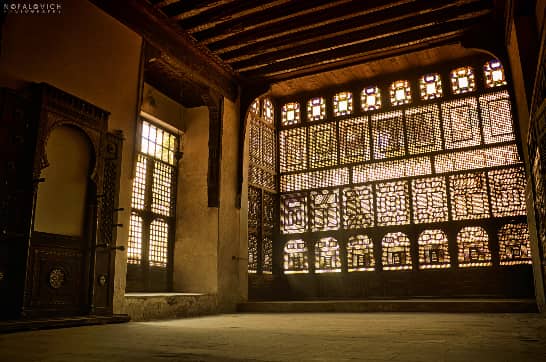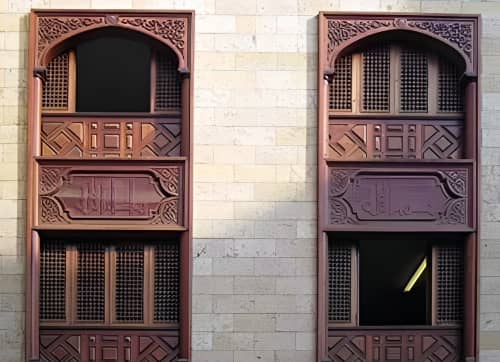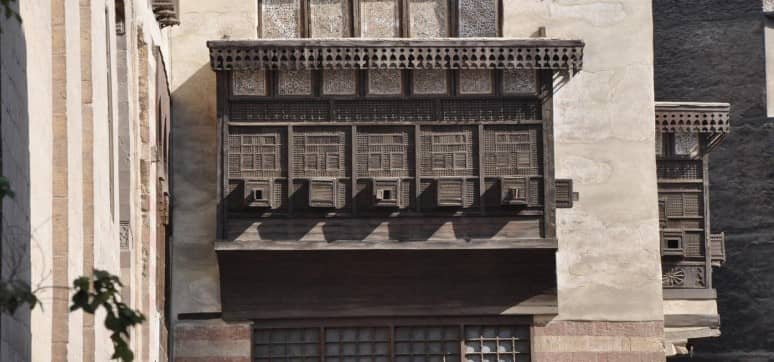Could you please tell us about your journey in the field? What did you think of becoming an architect? What do you enjoy most about your profession?
My fascination with architecture began when I was a child, largely through playing with Lego blocks. This childhood intrigue smoothly transitioned into a desire to pursue architecture as a career. To me, architecture is where art, math, and creativity meet. The part of my job that excites me the most is turning unique ideas into modern designs, and eventually into real buildings where people can live or work comfortably. My journey started with this early love for architecture, and I have always aimed to design creative and comfortable spaces for people. This passion led me to explore both arts and mathematics, which I feel significantly influenced my unique architectural style.
How do you approach the initial stages of a new architectural project, including concept development and understanding client requirements?
In the early stages of a new project, understanding the client’s needs is my priority as I believe it is crucial for the project’s success. After this, I dedicate a significant amount of time to research. My research covers various areas like architectural styles, the latest tech advancements in architecture, and new materials that align with the project’s goals.
A big part of my research involves figuring out how to blend modern designs within historical settings or align with a particular architectural style. Instead of strictly following the traditional features of a style, I use its basic framework to create a flexible design. This approach helps me generate a variety of options that can be tailored to provide many alternatives. I carefully evaluate these alternatives to choose the most suitable design direction for the project.
How do you go about choosing materials for the façade and cladding?
I always aim for a nice balance between good looks and being green in my work, making sure to choose earth-friendly materials that not only look good but also are kind to our planet. Working with modern tools like parametric design, digital fabrication, and 3D printing has brought some amazing results. Especially with 3D printing, we now have more ways to build sustainably, using a mix of materials in big projects while keeping a keen eye on aesthetics.

Bringing together parametric design, digital fabrication, and 3D printing has changed the game in architecture. With parametric design, we architects can dream up and create shapes we never thought possible before, making sure they not only look good but are sturdy and eco-friendly too. Digital fabrication helps us move smoothly from a digital design to actual physical parts, letting us be both creative and exact. 3D printing has become a handy tool, quickly turning out complex parts of buildings, and it’s great for the environment when we use natural materials like clay or recycled materials. All these tech tools help us architects come up with new ideas, creating buildings that are a treat for the eyes, practical, and green, shaping what architecture will look like in the days ahead.
What do you think is the role of a façade in the Sustainability Enhancement of a building?
in my view, the façade is a key player in boosting a building’s sustainability since it is where energy efficiency, natural lighting, and overall comfort come together. A well-planned façade can help control temperature, cut down on energy use, and lessen the building’s footprint on the environment. For example, borrowing elements from Islamic architecture like Mashrabiya as a layer of lattice can be a smart move. This way, airflow in the building and sunlight in rooms can be managed well, making spaces comfy and well-lit.
Where is the architectural industry heading (globally or in the country where you work)?
Globally, the architectural field, whether globally or here, is on a path of big change, largely thanks to AI joining the mix. Time is of the essence in all steps of designing and having AI and robotics on board speeds things up through automation. AI’s touch is seen in many areas of architecture, from the early stages of design and modeling with the help of automation scripts, to the final stages of rendering and even managing the building after it is built. However, it is good to remember that using AI can be a two-edged sword – it can bring good or, if misused, not-so-good effects.
Your views on glass as a suitable material for sustainable buildings.
When it comes to sustainable building, glass can be a good choice, especially where a lot of natural light is wanted without bringing in too much heat. It worked well in cooler places. But in hotter places, it is worth looking again at traditional façade solutions that go well with local weather and make the most of local materials to up the sustainability factor.
What are some recent trends in exterior architecture that you find particularly interesting or innovative?
Lately, I have been captivated by the wave of fresh trends in exterior architecture. Thanks to the blend of automation, geometry, and math, we’re seeing more organic façade designs coming up. These designs step outside the usual boxy styles, opening doors to more creative freedom with unique shapes controlled by certain rules and limits. Another trend that has caught my eye is kinetic architecture. This cool concept involves using sensors to actively manage light and shade in buildings. It is a win-win, improving the indoor feel and syncing well with the outdoor environment. This way, buildings can adapt better to the changing needs of the people using them and the surroundings.
What is your vision for 2030? What kind of cities would you like to see?
Looking ahead to 2030, I dream of cities that value social togetherness and are strong in facing challenges. Recent tough times like the COVID-19 pandemic have shown us the power of community over individualism. With the rising threat of natural disasters like earthquakes and floods from climate change, it is crucial that our buildings work with nature, not against it. Essentially, I hope for cities that vibe well with both our societal ties and the natural world, promoting unity and strength.
One piece of advice you would like to give to aspiring architects.
 My advice to aspiring architects is to recognise the paramount importance of considering the environment and its dynamic changes, as well as understanding the intricate human dimensions within architectural design. Alongside this, staying updated with the tools that best suit their work is crucial. In today’s rapidly evolving technological landscape, where new tools emerge daily, it’s easy to feel overwhelmed. Instead, focus on consistent practice and research to achieve improved results, aligning them with the complementary fields and sciences in architecture, construction, materials, and digital fabrication.
My advice to aspiring architects is to recognise the paramount importance of considering the environment and its dynamic changes, as well as understanding the intricate human dimensions within architectural design. Alongside this, staying updated with the tools that best suit their work is crucial. In today’s rapidly evolving technological landscape, where new tools emerge daily, it’s easy to feel overwhelmed. Instead, focus on consistent practice and research to achieve improved results, aligning them with the complementary fields and sciences in architecture, construction, materials, and digital fabrication.
AI tools excel in performing iterative or complex tasks, such as designing an organic modular façade. The remarkable synergy between AI and human creativity enhances efficiency and prepares architects to tackle unforeseen challenges in both programming and tool usage. This balanced approach empowers architects to confidently navigate the ever-changing technological landscape while fostering their creativity.














